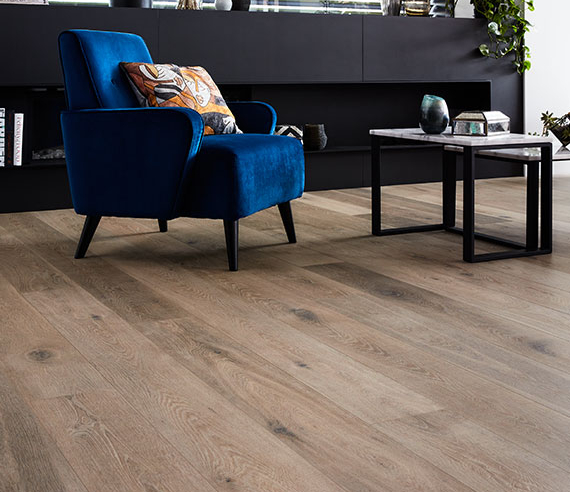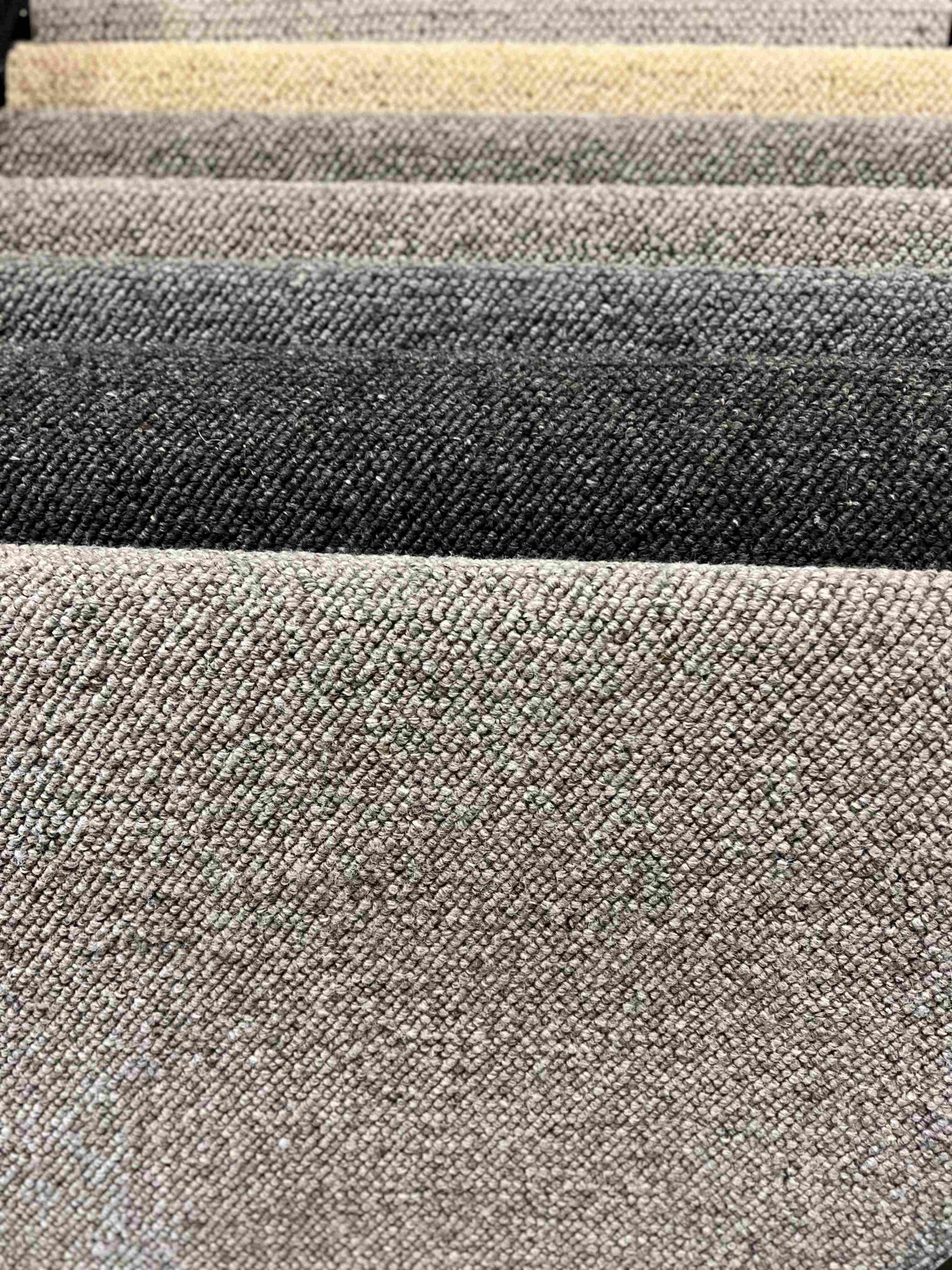Leveling wooden floor Floors don’t usually have flat and suitable in houses/offices. You might intend to install a luxurious product on your floor. However, no matter how hard you try, the final result wouldn’t be satisfying if you don’t level the subfloor very well. The techniques and procedures you use are depending on the flooring you are going to install. Is it wooden or concrete? Different tips and tricks need to be taken care of. Here, in this short essay, we introduce some tips and tricks for you to bear in your mind before installing the flooring product.
Explaining a widespread misconception, plane, or level? Which one is needed?
Should the subfloor be plane or level? Of course, for the purpose of preparing the subfloor, it needs to be plane, not level. The floor is plane where the entire surface is flat. You shouldn’t find any sag and high or low spots anywhere on the floor. So, leveling is necessary but not enough. The floor must be plane. However, it is a tradition to call the floor level when it is plane. So, don’t get confused by the terminology.
What problems do happen if your floor is not plane?
Depending on the type of flooring product you have installed, many problems could have arisen. For example, if you installed laminate planks, they could pull apart after a while. Or, hardwood planks are going to have gaps between them. Also, tiles would sit differently concerning the height. The problems get intensified with larger tiles. To avoid these problems, let see what we need to do.
Leveling concrete floor
What should we do if the floor is made out of concrete? First, you need to use carpenter’s level and detect the areas high and low areas. We call them heaves and dips, respectively. Then, you have to plane these areas with a grinder. Walls might get damaged during leveling. So, it is better to cover newly painted walls. After cleaning the floor, you apply a concrete subfloor primer. After preparing the self-leveling compound, you just need to pure it on the ground. Now, you should start leveling using a straight edge. Be careful! The more compound doesn’t necessarily mean the better result. Instead, try to pour it step-by-step. After that, you can use a spike roller to make it more even. Done is done!
Leveling wooden floor
The preparation includes checking for any rotten and cracked floorboards. If you find some, they will need to be screwed. However, before applying the screws, check not to damage any cable or pipe under the wooden surface. Do all the plumbing or wiring before installing the new wooden floor. In this way, you will minimize the risk of damaging the new floor. Use a belt or orbital sander and even all the uneven areas. Screw heads are ever-present obstacles that could damage the blades too. So, check them using a smoothing or power planer. Using the weather boiled proof plywood and stainless steel nails when moisture is present are important tasks to do as well.
Summary
Buying the most practical flooring product is not enough to have a perfectly flat floor. You have to prepare the ground first. When you have a wooden or concrete one, you have to go through different techniques and protocols. Here, we briefly introduce the most important points for each one.






